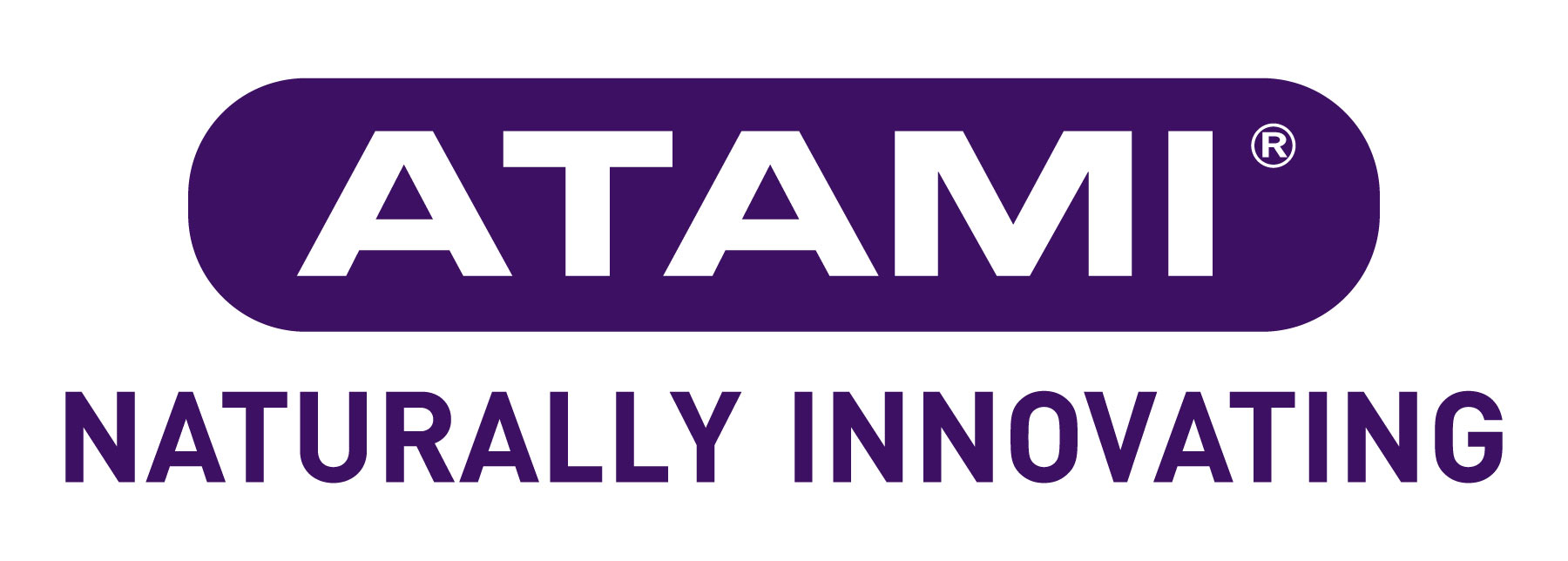How Long Does Hydroponic Farming Typically Take?
A problem that conventional farmers grapple with every day is slow harvesting times. In a world where larger volumes of produce are demanded in shorter intervals, it’s apparent a faster solution is needed.
The quick growth strategies used in hydroponic farming systems is a solution to this problem. In comparison with traditional soil-based farming methods, some hydroponically-grown plants are harvest-ready up to 50% faster, offering growers the opportunity to double their harvest. Hydroponic conditions also allow for more plants to be grown in a compact space, with less chance of losing them to pests and diseases.
Why Plants Thrive In A Hydroponic System
Hydroponic systems deliver desirable growth rates because growers can provide plants with the perfect conditions in which to thrive. Plus, there are less nutrient deficiencies and poor weather to hamper growth. Plants have a consistent supply of high-nutrient liquid plant food and ideal growing conditions to encourage strong and constant growth and maturation throughout the different phases. The abundant supply of nutrients available allows plants to grow relatively larger and hastens the maturation phase.
Another equally important contributing factor to the faster growth rate of hydroponic planting is the fact that hydroponics growers can prompt early flowering by manipulating the light cycles in a hydroponic system. This can’t be done in soil-based farming, where Mother Nature is in complete control.
The Fastest Growing Hydroponic Plants
Some types of plants grow particularly fast in hydroponic systems. These types of plants include:
• Leafy salad greens like butter and romaine lettuce – harvest-ready in as little as three weeks.
• Herbs such as basil, marjoram, and oregano – a 25% faster growth rate compared to traditional farming methods.
• Leafy greens such as Kale, spinach and watercress – ready for harvesting in less than a month.
Hydroponic growers usually don’t have to wait as long as traditional farmers for their plants to grow. However, even with the advantages of hydroponic farming, growers still do have to wait for the plant’s internal processes to develop. It’s also important to note that the increased hydroponic growth cycles depend on the type of plants grown and growth strategies such as multistage systems being used.
If you’re considering getting involved in hydroponic farming, you’ll need to get acquainted with the system first. Start your search for products and systems at your nearest Hyalite store.










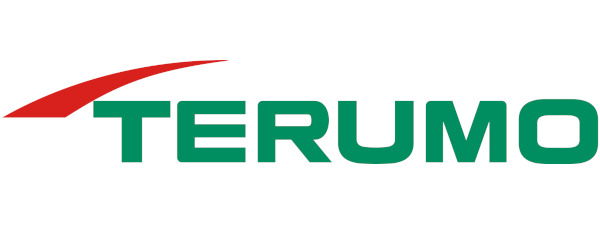



























































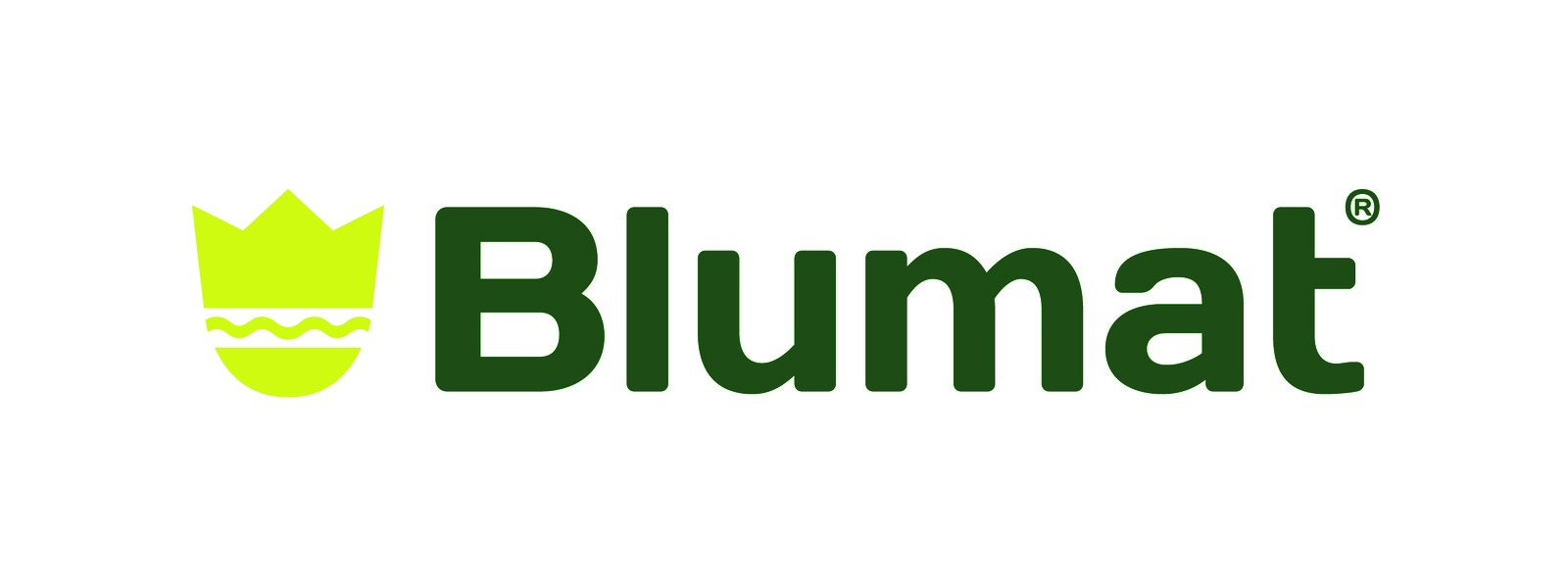





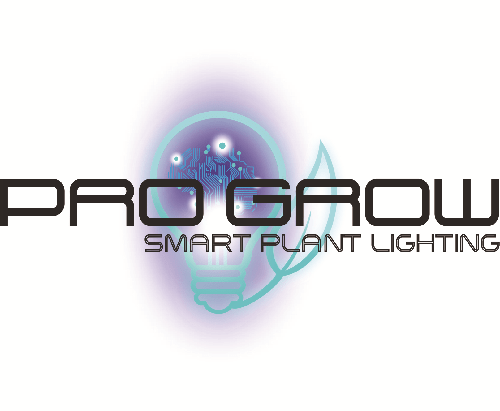




-hyalite.jpg)





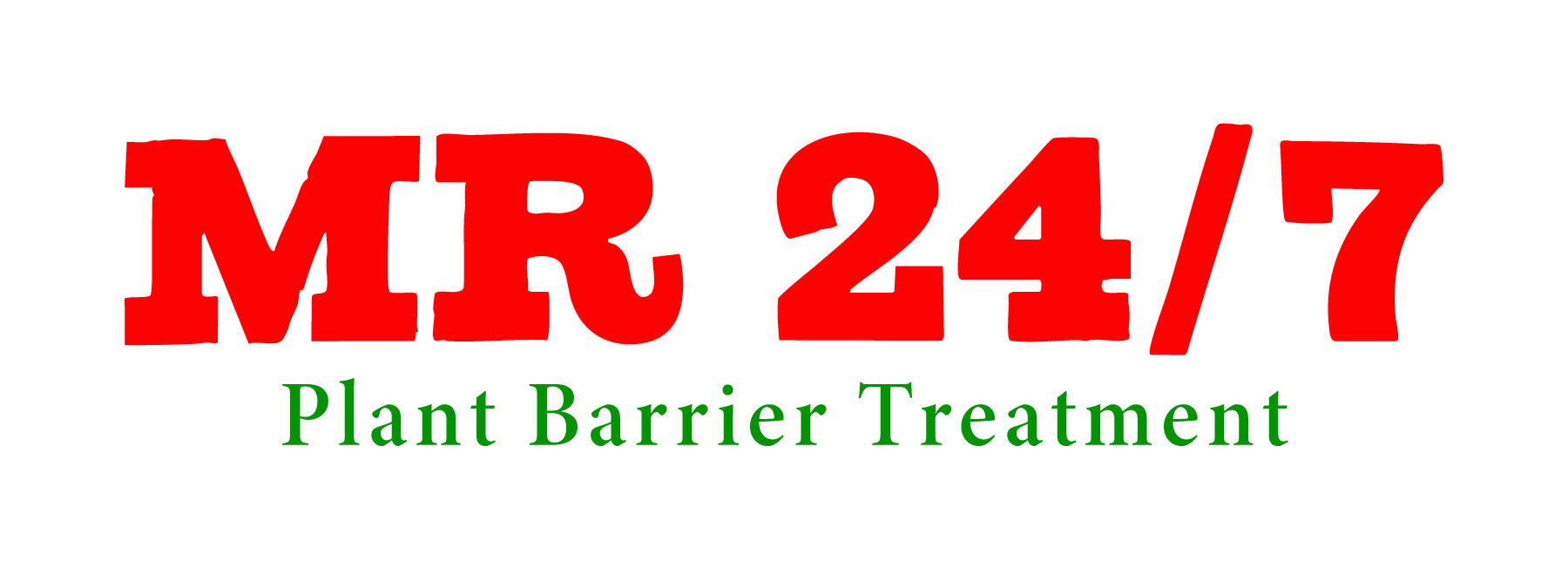






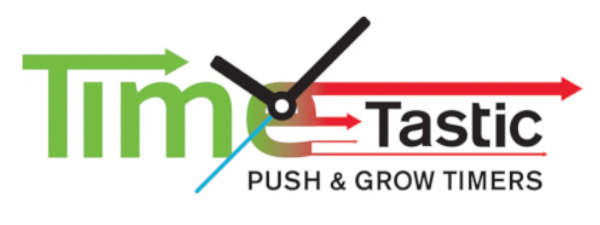




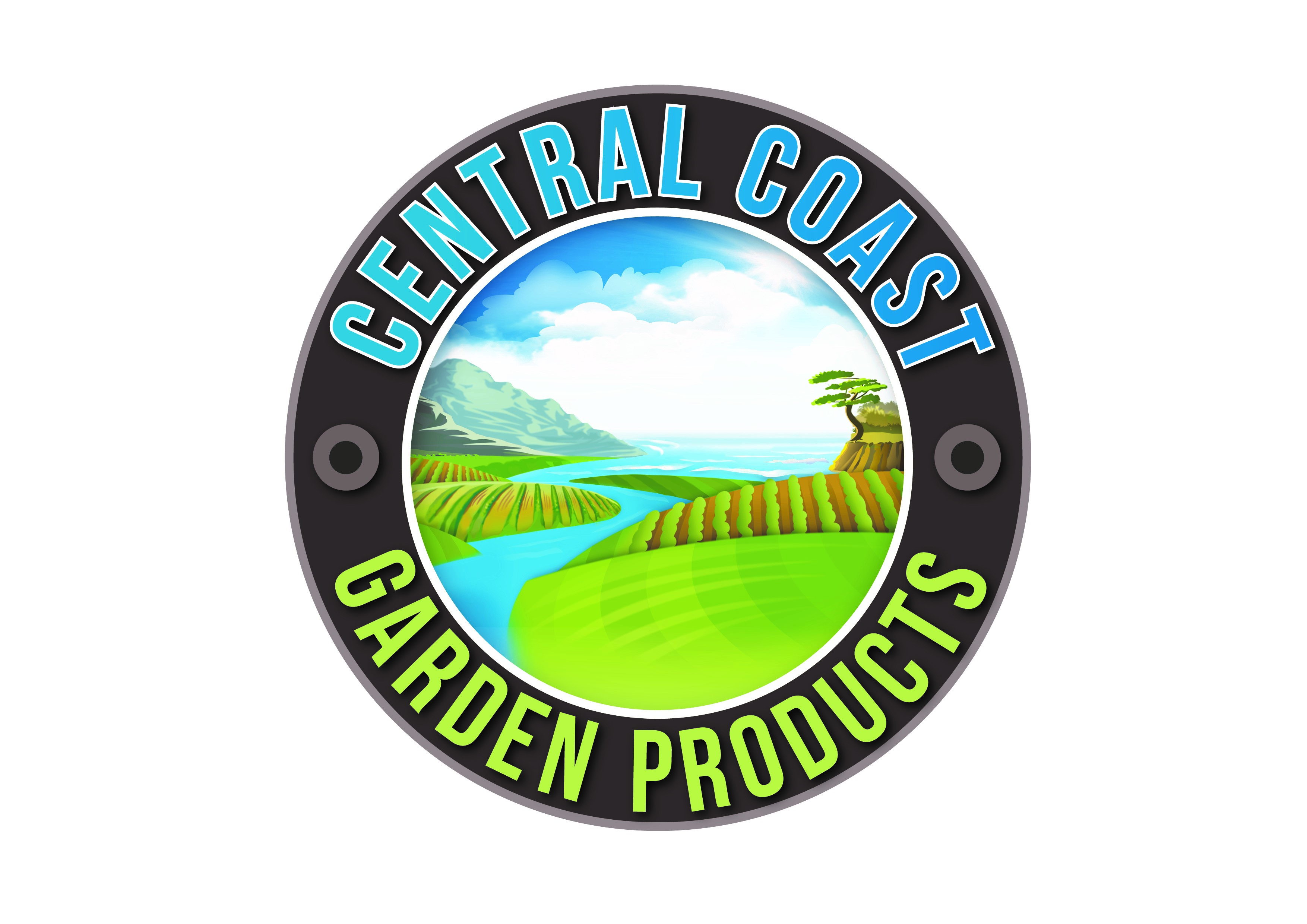















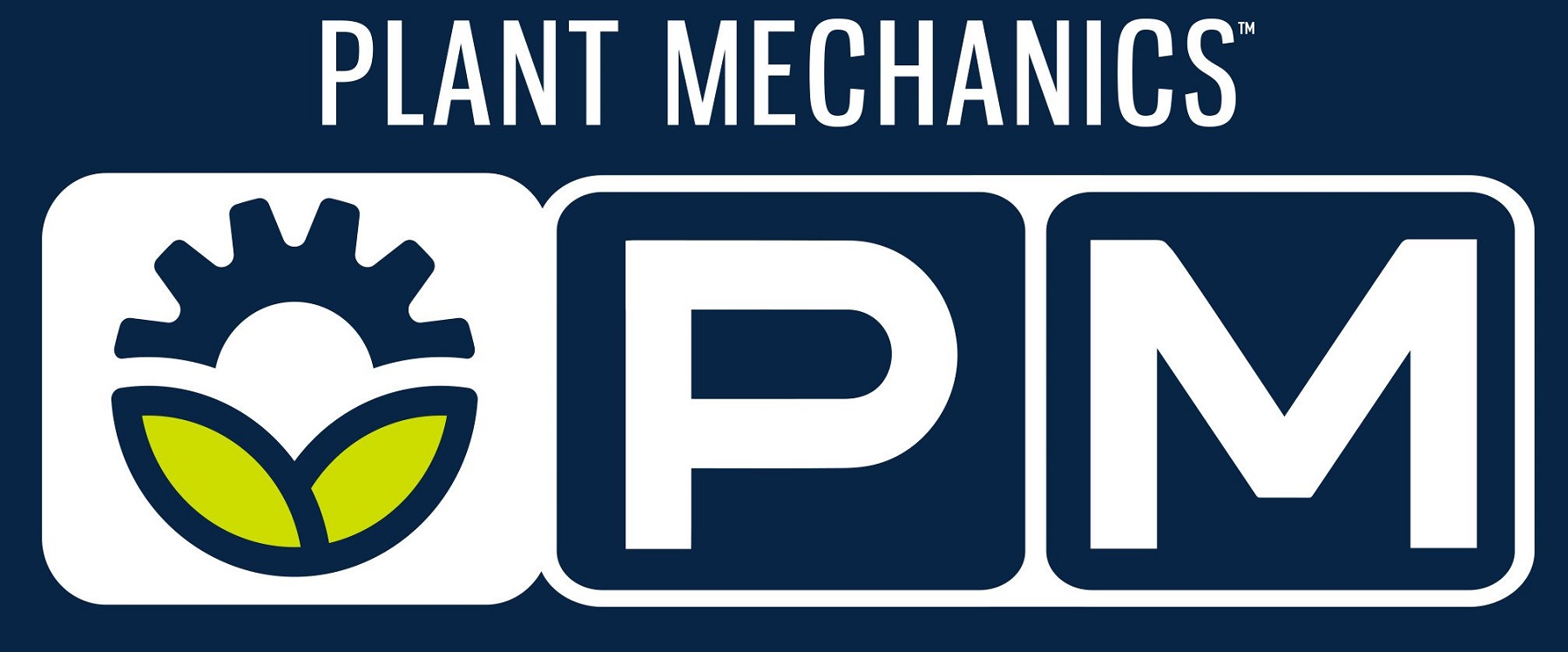






















-logo.jpg)

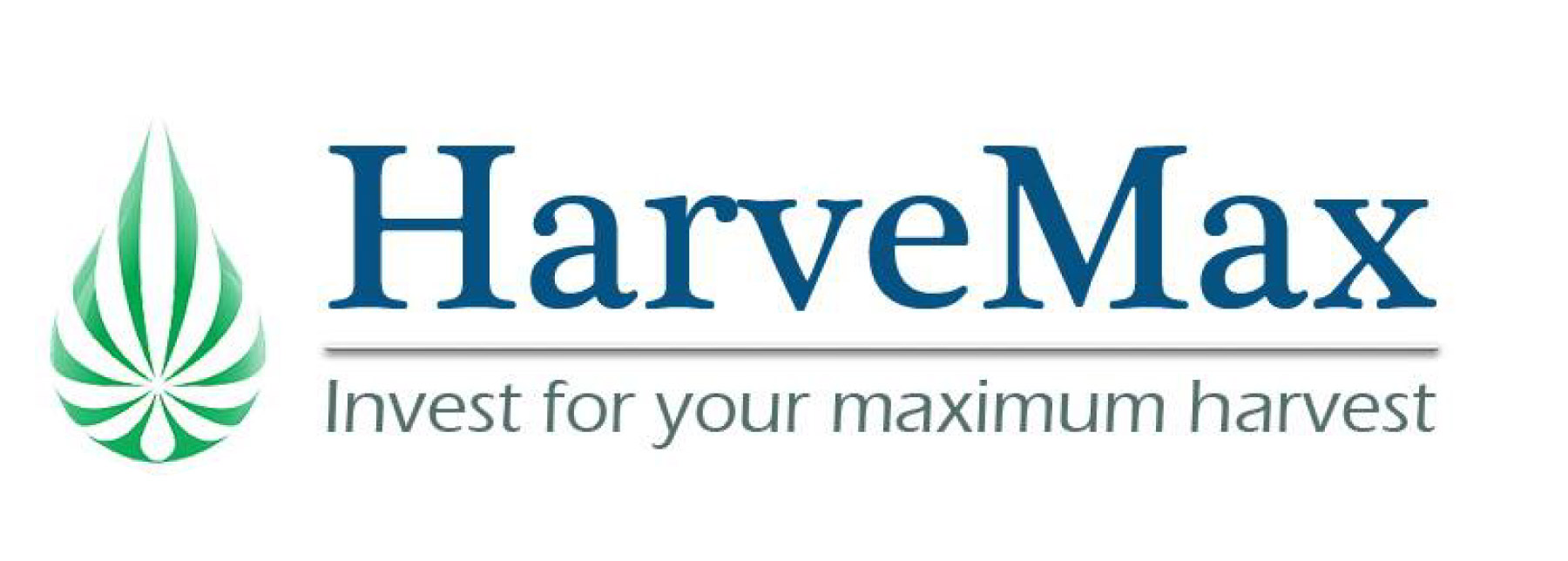

.jpg)
